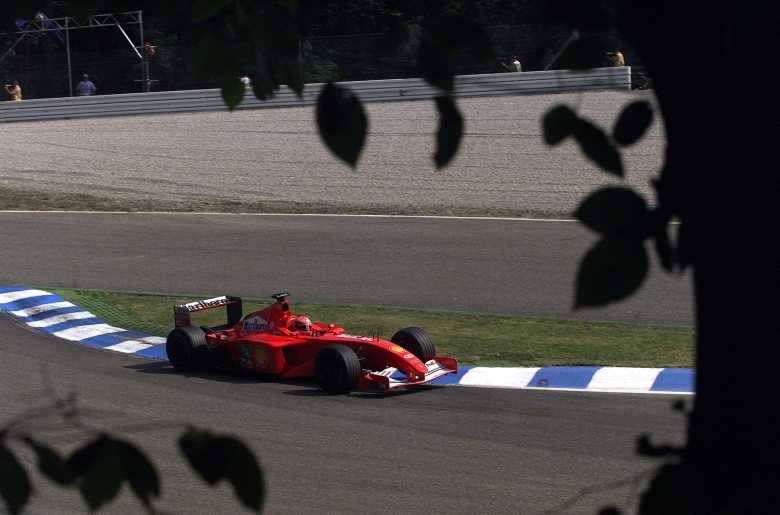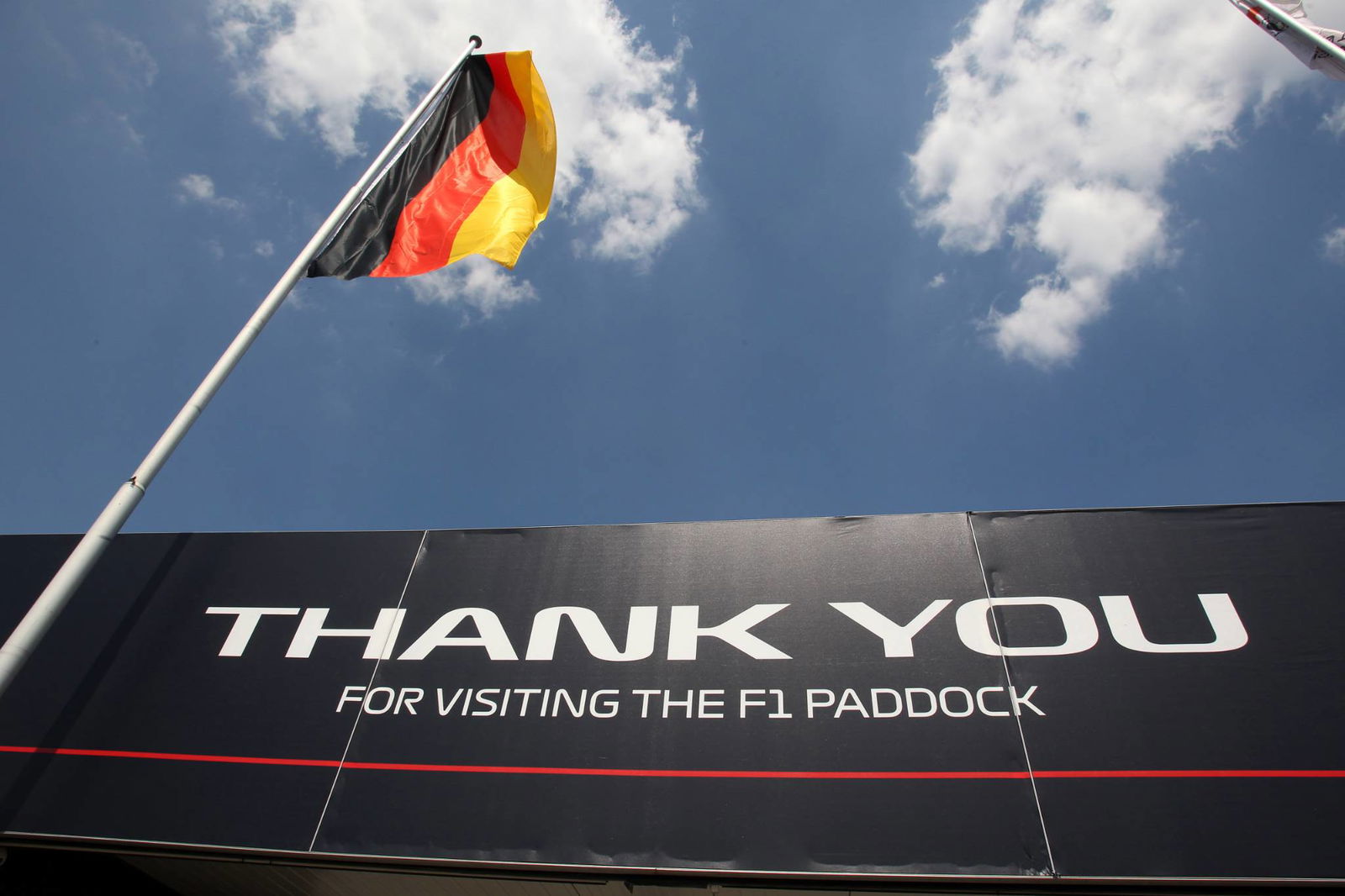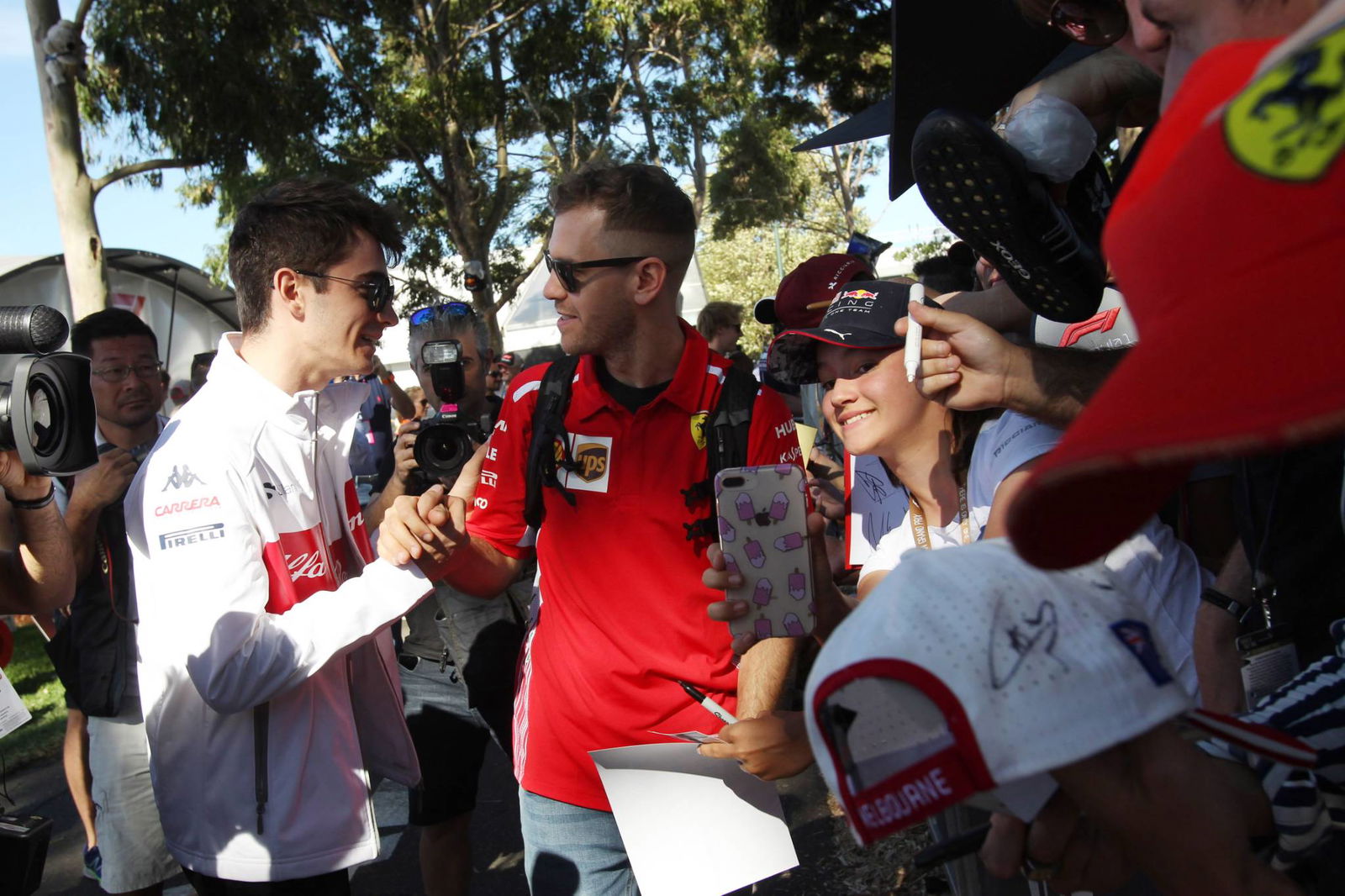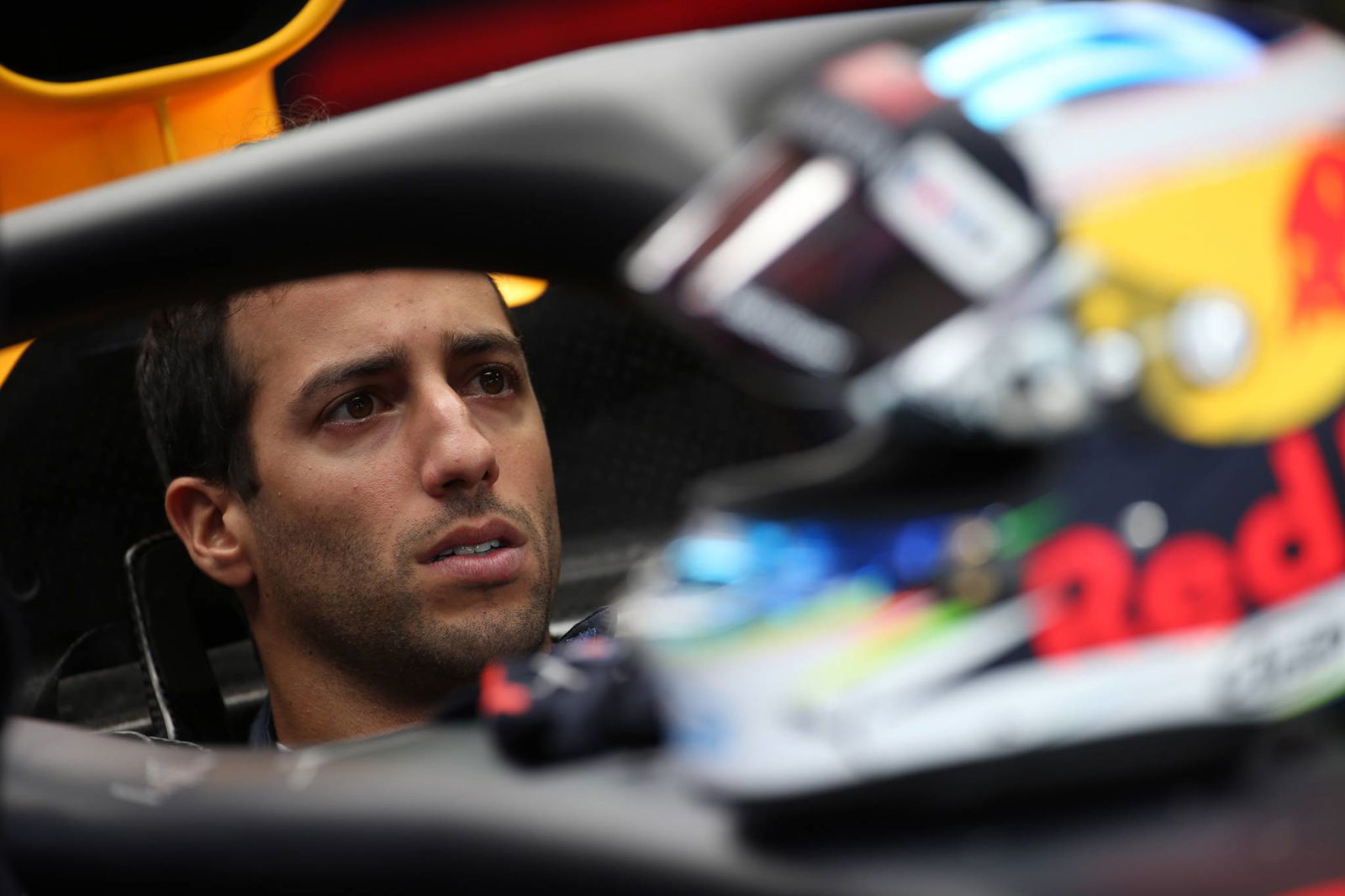Despite an uncertain F1 future, Hockenheim's history runs deep
The German Grand Prix at Hockenheim has offered an element of both inevitability and uncertainty over the past decade.
Since the deal to share the race with the Nürburgring started in 2008, we've known that we wouldn't be returning to Hockenheim the following year. Yet with the Nürburgring's financial struggles meant it could not uphold its end of the bargain since its last race in 2013, and with Hockenheim unable to step in to host the grand prix every year, Formula 1 has found itself lacking a race in one of its most important markets.

The German Grand Prix at Hockenheim has offered an element of both inevitability and uncertainty over the past decade.
Since the deal to share the race with the Nürburgring started in 2008, we've known that we wouldn't be returning to Hockenheim the following year. Yet with the Nürburgring's financial struggles meant it could not uphold its end of the bargain since its last race in 2013, and with Hockenheim unable to step in to host the grand prix every year, Formula 1 has found itself lacking a race in one of its most important markets.
The loss of a foothold in Germany is something Liberty Media has taken keen note of following its takeover of F1 last January, but with the sport's bosses preaching about the importance of protecting some of the heartland races, Hockenheim is a circuit that should rank highly in its estimates.
"Pfft, it's not half the track it used to be," comes the collective cry from the back of the room. Hockenheim has changed over the years, yes - but the reasons behind the changes need to be understood. While Silverstone or Spa arguably lack the lustre they once boasted, it does not eradicate their rich history. The same is true of Hockenheim.
The original circuit layout from its initial events in 1932 followed the rudimentary designs seen at many tracks, connecting a number of points with long straights. Known as the 'Dreieckskurs', much of the triangular design can still be traced to this day via the public roads around Hockenheim, picking through the forest.
Changes were made to the track for 1938, shortening it from 12 km to around 7 km, as well as introducing the famous 'Ostkurve' that would remain (in one form or another) until the full redesign for 2002. The track was mainly used for motorcycle racing through the 1950s before a further redesign followed for 1966, adding the 'Motordrom' final sector and first corner that is roughly the same to this very day.
Formula 2 first visited Hockenheim in 1967, a year prior to one of the circuit's most infamous moments when F1 icon Jim Clark was killed during a race, resulting in further changes on safety grounds. The addition of chicanes through the high-speed straights leading to and from the Ostkurve aimed to bring speeds down and prevent a repeat of the accident. Four years later, in a memorial race for Clark, F2 racer Bert Hawthorne died, while both Patrick Depallier and Markus Höttinger were killed in incidents at the track in 1980, the latter struck by a loose wheel.
Safety concerns at the Nürburgring (the Nordschleife layout) led to F1 first visiting Hockenheim in 1970, with Jochen Rindt taking his sixth and final grand prix victory. F1 returned to the Nürburgring the following year, but would once again depart following Niki Lauda's accident in the 1976 race, with Hockenheim becoming the permanent home of the race from 1977.
Minor tweaks were made here and there, but the layout remained largely unchanged until its overhaul in 2002. The track's first notable F1 moment came in 1982 when runaway leader Nelson Piquet and backmarker Eliseo Salazar tangled on-track before fisticuffs followed, paving the way for Patrick Tambay to take an emotional win for Ferrari on the weekend that saw Didier Pironi suffer career-ending injuries in a practice crash.
Hockenheim was renowned for its brutal speeds, pushing the drivers to their limit lap after lap. Ayrton Senna and Alain Prost battled during the race in 1991, Senna shutting the door on an attempted move around the outside heading into the first chicane, forcing Prost to run off the track where he stalled his engine, ultimately retiring from the race. Damon Hill was able to take victory after piling pressure on Gerhard Berger until the latter's engine failed in 1996. Berger himself was victorious one year later for Benetton, acting as a highlight in his swansong F1 season. The 2000 race was arguably Hockenheim's greatest F1 race as Rubens Barrichello charged from 18th on the grid to take an emotional maiden grand prix victory for Ferrari, bursting into tears on the podium.
But throughout Barrichello's fightback, fans at the track had been deprived the opportunity to see many of his passes. While they packed into the stadium section through the last sector and Turn 1, the cars then disappeared off into the forest. Issues in the rain had also emerged due to the amount of water that hung in the trees, acting as the cause of Pironi's crash.

And so major changes were made for the 2002 race, turning the track into the form we know today. Instead of continuing into the forest on the run to the first chicane, a sharp right-hander was put halfway down the straight, leading into a new complex. The Ostkurve was no more, with new braking zones aiming to improve overtaking opportunities as well as giving fans a better chance to see more of the action.
Then at the peak of his powers, Michael Schumacher won his home race in 2002 for Ferrari and was largely complimentary of the changes. "I like this new circuit. In my opinion, it's a great success," Schumacher said. "Of course it requires a lot more aerodynamic downforce than the old Hockenheim and that means the Motodrom section has become more fun to drive." Hockenheim had lost the status boasted by Spa and Monza of being a skinny-wing track.
As is the case with revised circuits, as seen at Silverstone and the Osterreichring, the disused portions were not preserved just in case, but instead allowed to become overgrown. And while bosses at the Red Bull Ring may be evaluating a possible track extension, Hockenheim is unlikely to ever go back to its former state.
The current layout has offered some exciting races over the past 15 years. Most recently, Lewis Hamilton produced a stunning fightback through the field in 2014, charging from last to P3 after a crash in qualifying. The 2010 race will live in F1 infamy thanks to five simple words - "Fernando is faster than you" - while 2008 also offered a surprise race as Lewis Hamilton took victory ahead of Nelson Piquet Jr., who scored his only F1 podium at Hockenheim with Renault.

But amid complaints about the sanitisation of F1 tracks and a move away from 'traditional' tracks, Hockenheim is one of the circuits used most frequently as an example. For McLaren's Fernando Alonso - one of only two drivers in F1 to have raced on the old Hockenheim - it's not as dramatic a change as it is sometimes made out to be.
"It was different, I don't think it was better or worse," Alonso said when comparing the two layouts. "It's difficult to judge on the races. It was a long time ago.
"I think the racetracks, they keep always changing, and we have the new generation of tracks like Bahrain or Abu Dhabi or some others. We have some street circuits like Baku, and some modifications to the traditional circuits as well, like Parabolica at Monza, now there's the asphalt run-off area.
"It seems that always when we change something, we have some regrets and we prefer the old-school circuits and the old Hockenheim. I think when they did the modifications, it was for a reason. It was for safety. It was for the stadium concept where the fans could get a better view of a larger part of the circuit.
"I think if they did this for a reason, and for a good reason normally, we should stick with that reason. I liked the old Hockenheim, and I like the new Hockenheim. If the new one is better for the spectators, I'm happy for the compromise and the best result."
Hockenheim may be a different animal now to what it was 20 years ago, but the changes made should not diminish the history this track boasts. It still holds a big place in F1 history and Germany's story in the sport.
Time will tell if this is a last hurrah in F1 for the circuit, though, or whether more history will be written in the years to come.


